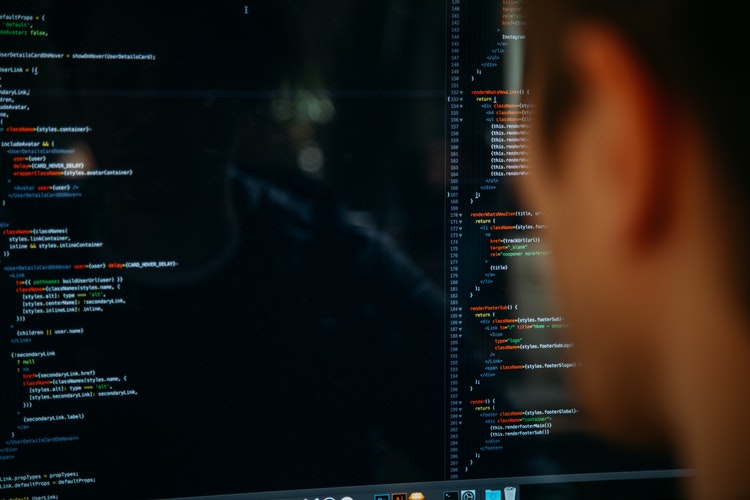The internet, otherwise known as the electronic cat database, is a miraculous thing. Where people used to scour books, magazines, and other printed media for information for hours on end; now, all it takes is a few seconds of searching online. Humans have come a long way.
Most people gleefully use the internet for sharing information, research, or for entertainment (i.e. watching cat videos). However, most of them don’t really know much about the internet beyond their daily use and dependence on it. Take frontend and backend development; two subjects that non-geeks would probably find excruciatingly complex. They can’t be blamed; even programmers and other website development services experts sometimes don’t know the difference between the two.
How the Internet Works
Very basically, the internet works by connecting a network of computers (a.k.a. the servers) with each other. These servers host the websites and all their files. Once these servers are connected, the user can then access the websites hosted by the servers.
Frontend and Backend Development
Web development can be divided into two: frontend and backend. These two are responsible for making the internet work.
Frontend development focuses on the “client side” of development which includes the content (text, images, videos), design (colors, typography, etc.), navigation (menus, forms), and other elements of the sites that users interact with directly.
Backend development, on the other hand, is everything users cannot and does not interact with, at least nothing that they can “see”. This includes all of the website code, the servers, operating systems, databases, APIs, etc.
Frontend and Backend Interaction
When a user requests for something on the frontend (i.e. “Googles” something); that request is sent to the backend (i.e. the code that runs on the server). The backend searches for the answer to the query and then sends back the data it found to the frontend. It’s a beautiful, well-coordinated dance.
Let’s break the dance down.
Frontend Web Development
The frontend is what the user experiences so its development is focused on creating a good user experience. Therefore, frontend developers need to understand code, design, applications and, even the basics of psychology. Frontend developers are responsible for the design, look, and feel of the site. They are responsible for ensuring a seamless user experience.
Frontend developers need to be proficient in the following:
- HTML
- CSS
- JavaScript
- Responsive Web Design
- Perceived Performance
Backend Web Development
There’s a saying that it’s what on the inside that counts. That couldn’t be more true in web development. A beautiful looking website is useless without kickass backend support. The backend of an app or a site handles the calculations and other invisible interactions to ensure a site runs as expected.
If the backend is not developed properly, the site can run into problems like slow loading times, crashes, errors, and malfunctions. Backend developers are responsible for the functionality of the site.
Backend developers need to be proficient in the following:
- PHP
- Ruby
- Python
- C#, Java, C++
- Databases
- APIs
- Web Services
You may not be a programmer. Your job might not even be remotely related to website development services. You may just be a simple internet user who’s just in it for the cat memes. Nevertheless, by understanding the meaning of and differences between frontend and backend development; you may just gain a new understanding of this miracle that has completely changed the world and the way people see it.

